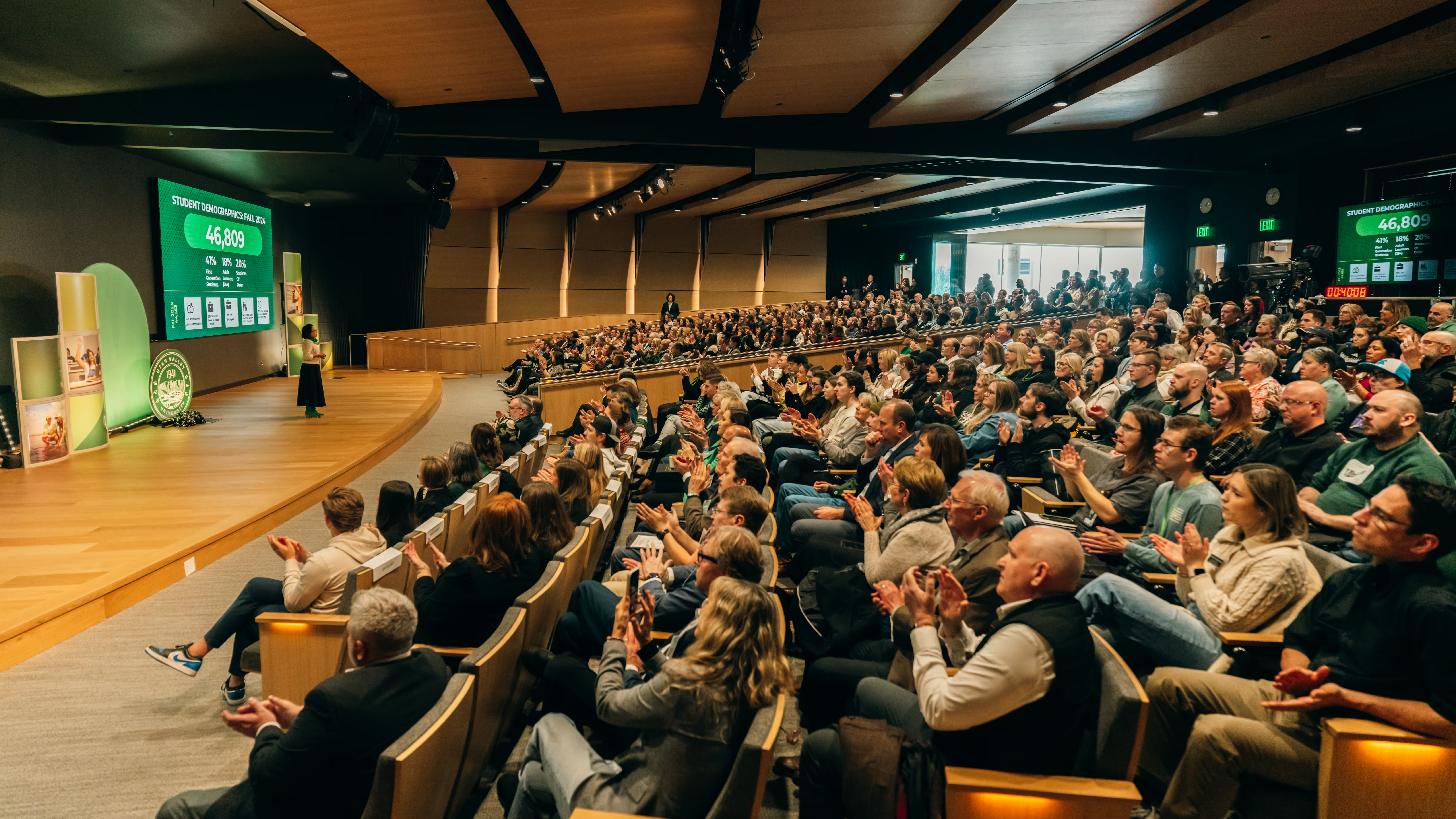
The Sri Sri Radha Krishna Temple stands as a rare gem among the largely homogeneous Utah culture. While most were celebrating romantic love on Feb. 14, the Krishnas, along with a large crowd of guests, worshipped Lord Shiva by observing his favorite day through dance, sacred ceremonies, chanting, music and feasting.
“Typically it is a very romantic sort of festival,” said anthropology major Kat Phillpotts, who has been visiting the temple occasionally for the past year. “It produces something meaningful and romantic and is a good way for us to opt out of the commercialism of Valentines Day but still have fun and still enjoy the romantic aspects of it.”
Shiva Ratri, or the Night of Lord Shiva, is widely observed in Hindu culture. It pays homage to Lord Shiva, otherwise referred to as the “Destroyer of Evil” and the “Greatest Devotee of Lord Vishnu,” who is considered the ultimate god. Shiva is believed to suppress darkness and destruction until the annihilation of the universe is at hand.
It is said that once when the world was engulfed by darkness, the goddess Parvati devotedly worshipped Lord Shiva. In appreciation of her prayers he granted her the wish that whoever worships the Lord on Shiva Ratri day will be blessed with unlimited devotion. With this in mind, the festival progressed through spiritual enlightenment, celebration and symbolic rituals.
Although Shiva is associated with destruction, the Hindu faith does not perceive him as negative. Destruction is viewed as a natural process by which all new and good things come into being.
“We are celebrating winter because winter is a precursor of spring. We wouldn’t have the colors and aroma and bliss and extravagance of spring unless we had the sparseness of winter. The one is a necessity for the other,” said the Temple Priest Caru Das Adikari. “Lord shiva is a god of destruction, but shiva is looked at more as a god of transmission. All good things have to go through the process of creation and destruction.”
The festivities included a classical Indian dance performance by Ankita Ray who has studied the Orissi dance form since age 7, first in India and then in Maryland. Guests were also favored with many absolutely beautiful bhajans, which are Indian songs of devotion, and kirtan, which is melodious call-and-response style chanting.
Following these events, all were invited to participate in the sacred bathing ceremony of Lord Shiva which included pouring a mixture of milk and honey over his representative figure and drinking some yourself afterwards.
Also available were 15-20 different Indian vegetarian dishes, all delicious and prepared specially by Govinda’s Buffet on the bottom level of the temple. The buffet is open from 10 a.m. – 7 p.m. daily.
The evening ended in the joyful singing and dancing of celebration, and one could not have helped but participate. Whether you adhere to a religion or not, the experience was one of interconnectivity and enlightenment.
“It maps onto our personal values very very well, we are not compromising anything to really have a good, fun, spiritual experience. It is enjoyable [because] it comes down to that to us and on a personal level it is very appealing and uplifting,” Phillpotts said. “It is a way for our family to experience a different culture that still supports our values but provides much-needed diversity.”
Whether you want to expose yourself to Indian culture, experience something apart from mainstream spirituality, or further strengthen your own spiritual convictions, the Krishna temple
welcomes visitors with open arms. If you are interested in attending a future festival, the Sunday Love Feast or simply paying a casual visit, check out their Web site at UtahKrishnas.org.



